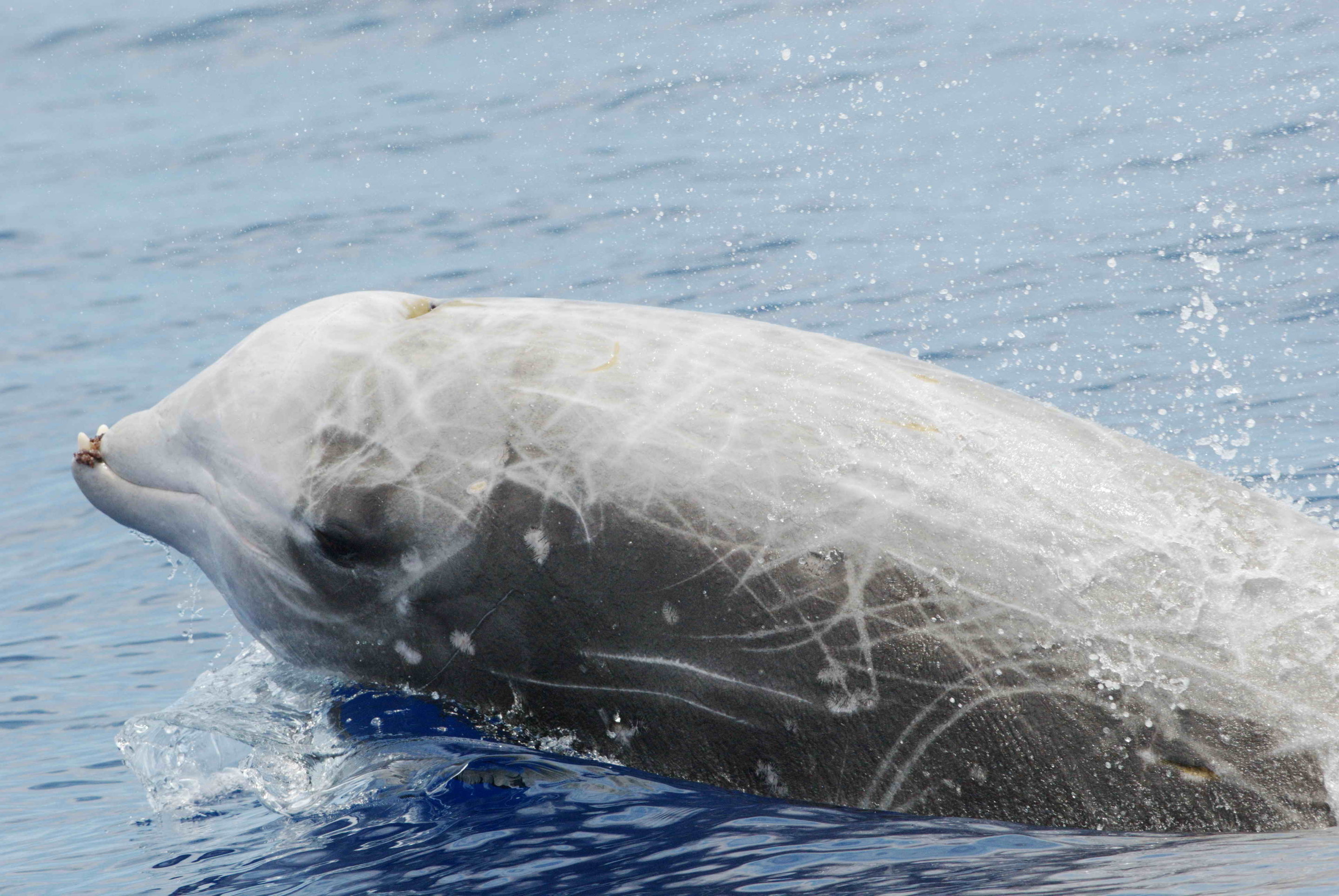Physical Characteristics

Spade toothed beaked whales – Spade-toothed beaked whales are medium-sized cetaceans, with adults reaching lengths of 4.5 to 5.5 meters (14.8 to 18 feet) and weighing around 1,000 to 1,500 kilograms (2,200 to 3,300 pounds). They have a robust, torpedo-shaped body with a small, rounded head and a short, pointed snout. Their dorsal fin is located about two-thirds of the way back along their bodies, and they have small, pointed flippers.
Spade toothed beaked whales are pretty interesting creatures. They have this weird beak that looks like a spade, and they use it to hunt for fish. But what really blows my mind is that they can dive super deep, like up to 3,000 meters! And get this: they can hold their breath for over an hour.
Talk about impressive! But enough about these whales. Let’s switch gears and chat about something completely different: Biden’s COVID response. Now, I’m no expert on politics, but I’ve heard some mixed reviews. Some say he’s doing a great job, while others think he could be doing more.
What do you think? Anyway, back to whales. Spade toothed beaked whales are pretty amazing, right?
Spade-toothed beaked whales are dark gray or black in color, with lighter gray or white markings on their sides and bellies. They have a distinctive spade-shaped lower jaw, which gives them their name. The lower jaw is longer than the upper jaw, and it has two large, spade-shaped teeth that protrude from the front of the mouth. These teeth are used for fighting and for raking the seafloor for food.
Size
- Adults reach lengths of 4.5 to 5.5 meters (14.8 to 18 feet).
- They weigh around 1,000 to 1,500 kilograms (2,200 to 3,300 pounds).
Coloration
- Dark gray or black in color.
- Lighter gray or white markings on their sides and bellies.
Distinctive Features
- Spade-shaped lower jaw.
- Two large, spade-shaped teeth that protrude from the front of the mouth.
Habitat and Distribution: Spade Toothed Beaked Whales

Spade-toothed beaked whales are found in deep waters around the world. They prefer areas with steep underwater slopes and canyons, where they can find food and shelter. They are also found in areas with high levels of primary productivity, where there is a lot of food available for them to eat.
Depth Range
Spade-toothed beaked whales are found at depths of up to 3,000 meters (9,800 feet). They are most commonly found at depths of around 1,000 meters (3,300 feet).
Geographical Distribution
Spade-toothed beaked whales are found in all oceans except the Arctic Ocean. They are most common in the tropical and subtropical waters of the Pacific Ocean, but they can also be found in the Atlantic and Indian Oceans.
Migratory Patterns
Spade-toothed beaked whales do not migrate long distances. They typically stay within a small area, but they may move to different areas depending on the season. For example, they may move to deeper waters in the winter to avoid the cold.
Behavior and Social Structure

Spade-toothed beaked whales are fascinating creatures that display a unique set of behaviors and social structures. They are known for their highly cooperative nature and have evolved specific strategies for feeding and communication.
These whales live in small groups of up to 12 individuals, with a typical group size of 3-6. Within these groups, they exhibit strong social bonds and maintain a stable social hierarchy. Communication is primarily through a series of clicks and whistles, which vary in frequency and duration depending on the context.
Cooperative Feeding
Spade-toothed beaked whales are known for their cooperative feeding strategies. They work together to locate and capture prey, using a technique called “carousel feeding.” In this method, a group of whales swims in a circular formation, taking turns to dive and hunt for food. This coordinated effort allows them to increase their chances of success in capturing elusive prey.
Prey Preferences and Hunting Strategies, Spade toothed beaked whales
Spade-toothed beaked whales primarily feed on deep-sea fish, squid, and crustaceans. They are skilled hunters that use echolocation to locate prey in the dark depths of the ocean. Their hunting strategies involve deep dives, with some individuals recorded diving to depths of over 2,000 meters.
Unique Vocalizations and Behaviors
Spade-toothed beaked whales have a complex repertoire of vocalizations, including clicks, whistles, and pulsed calls. These sounds are used for communication, echolocation, and social bonding. One of their most distinctive vocalizations is the “buzz,” a low-frequency call that is thought to be used for long-distance communication.
Spade-toothed beaked whales are fascinating creatures that inhabit the deep oceans. Despite their elusive nature, scientists have discovered a curious connection between these whales and avian influenza. Studies have shown that the whales’ immune systems contain antibodies that can neutralize the virus responsible for avian influenza, suggesting a potential role in the spread and evolution of the disease.
Nevertheless, the spade-toothed beaked whales remain an enigmatic species, and their relationship with avian influenza continues to be a topic of ongoing research.